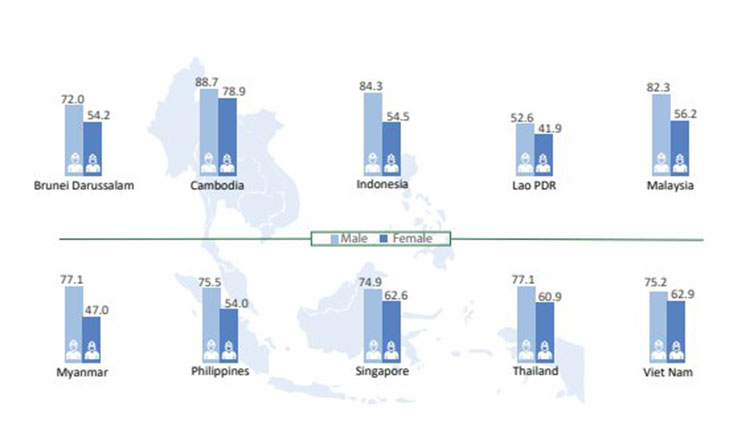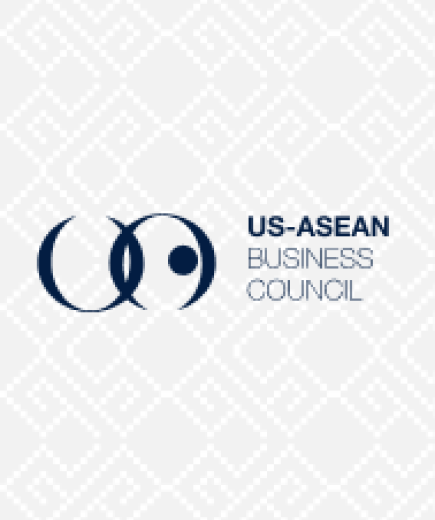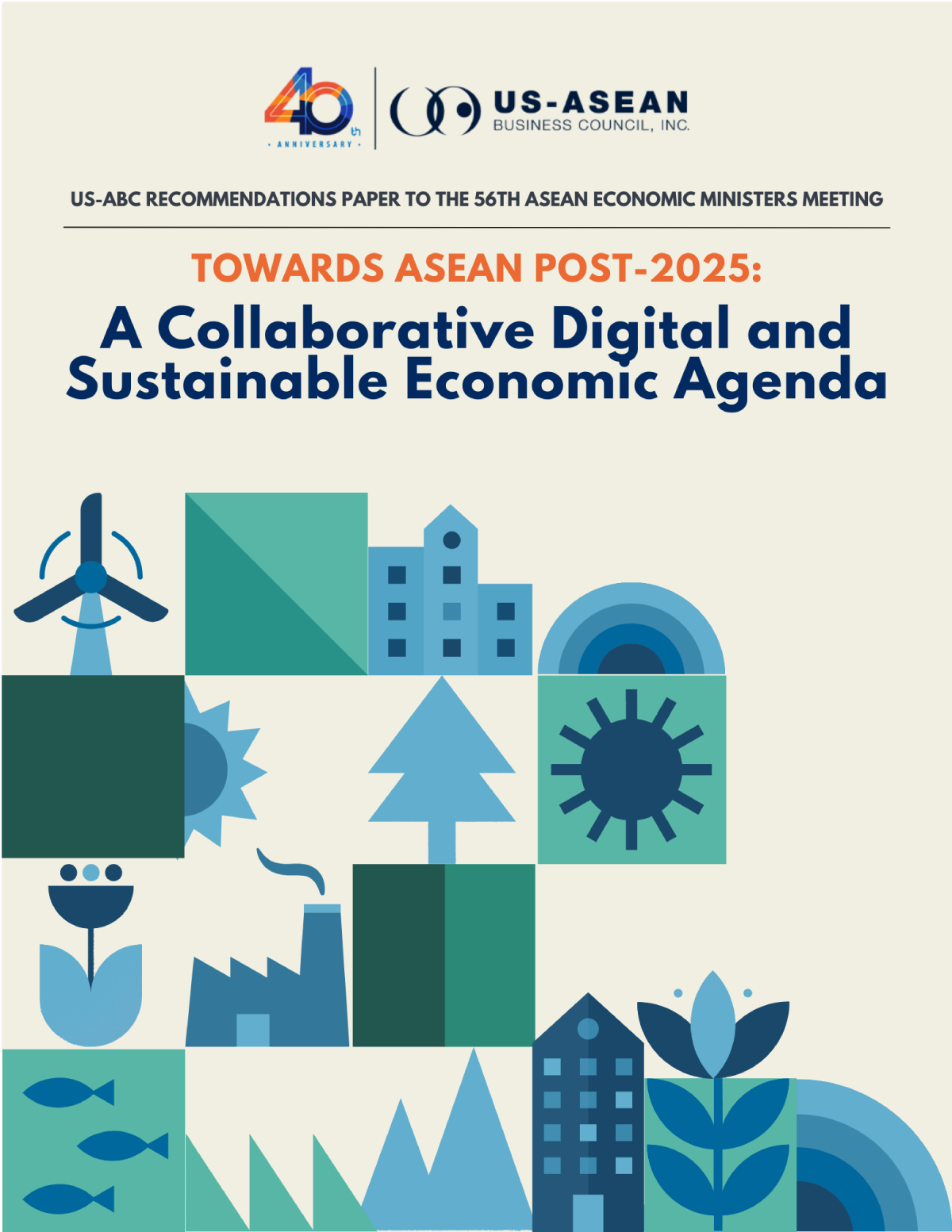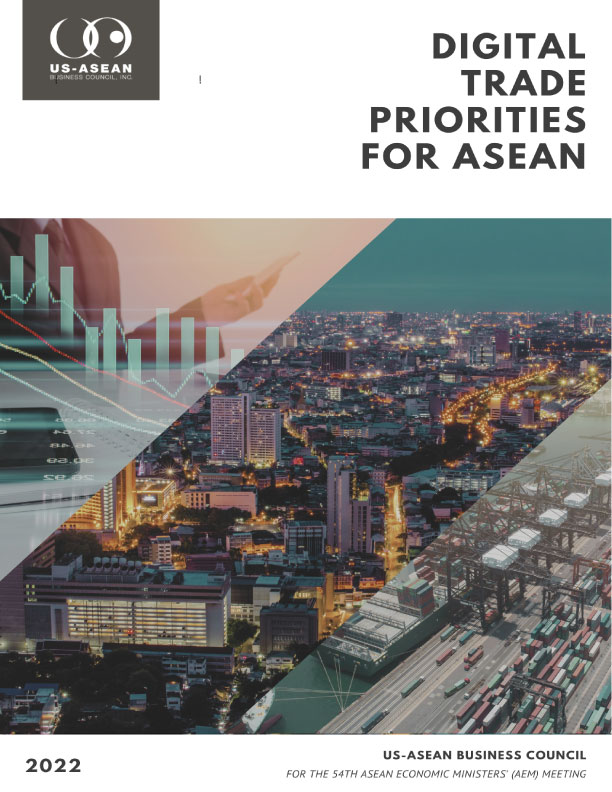Cambodia Sees Labor Force Participation and International Trade Rise

Cambodia has recorded the highest Labour Force Participation Rate (LFPR) among ASEAN nations, reflecting the country’s strong workforce engagement. According to the latest ASEAN Secretariat report, Cambodia’s LFPR reached 83.7 percent in 2022, up from 82.6 percent in 2014, positioning it ahead of regional peers such as Thailand and Vietnam, which saw declines in participation rates in 2023. The report highlights that while Indonesia and Malaysia have demonstrated steady improvements in LFPR over the years, other nations like Myanmar and Brunei Darussalam have experienced gradual declines. Gender disparities in labour force participation remain a key issue, with Cambodia showing a relatively narrow gap of 9.8 percentage points between male (88.7 percent) and female (78.9 percent) participation, whereas Myanmar and Indonesia exhibited significantly wider differences.
The growth in workforce participation coincides with Cambodia’s robust trade performance, as the Kingdom’s international trade volume surged by 16.3 percent in the first two months of 2024, reaching $9.44 billion. Exports grew by 12 percent to $4.46 billion, driven by strong demand from key markets such as the U.S. and Vietnam, while imports rose by 20.6 percent, with China remaining Cambodia’s top supplier. Economic experts attribute this growth to increasing global demand, improved production capacity, and favorable trade policies, including Cambodia’s participation in free trade agreements such as RCEP. Looking ahead, the Cambodian economy is projected to expand by 6.3 percent in 2025, fueled by continued export growth, a resilient industrial sector, and positive developments in tourism and agriculture. However, experts stress the need for human capital development to enhance labor productivity and sustain long-term economic growth.








